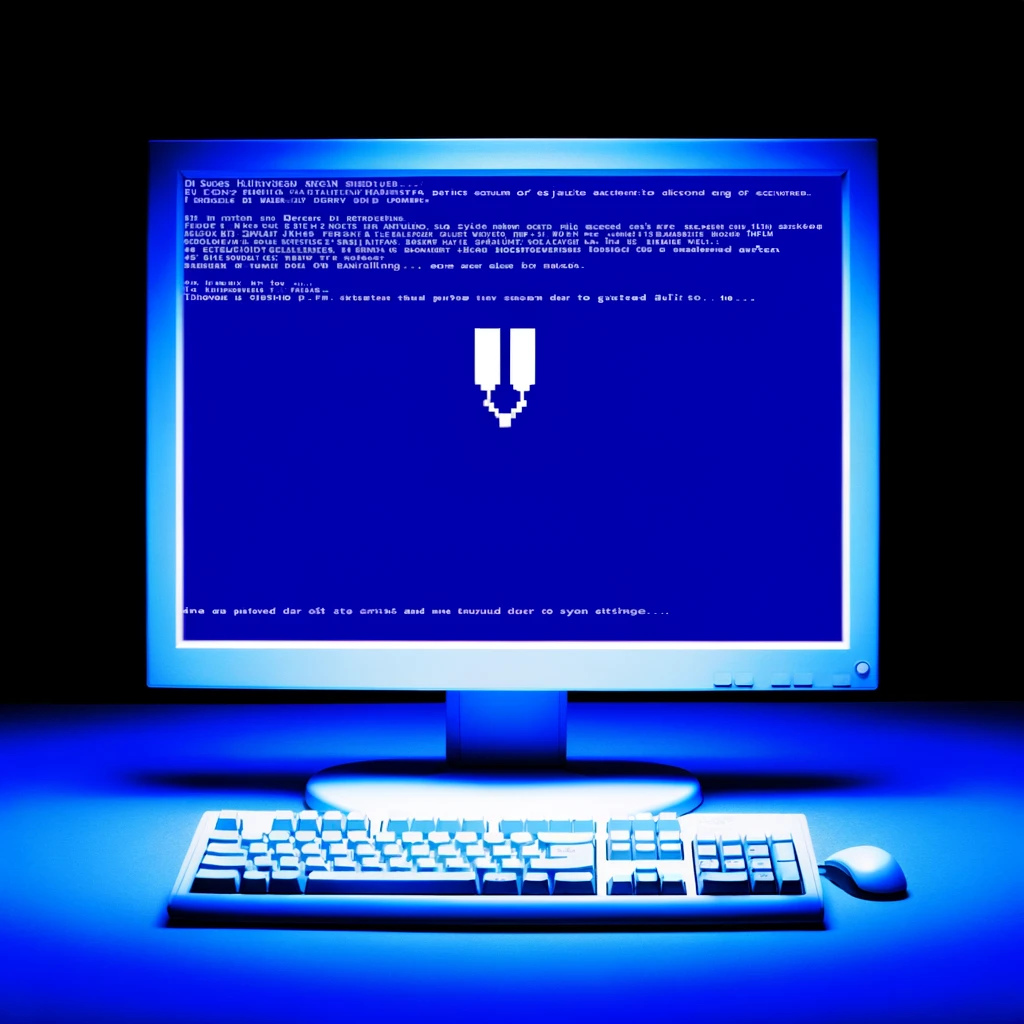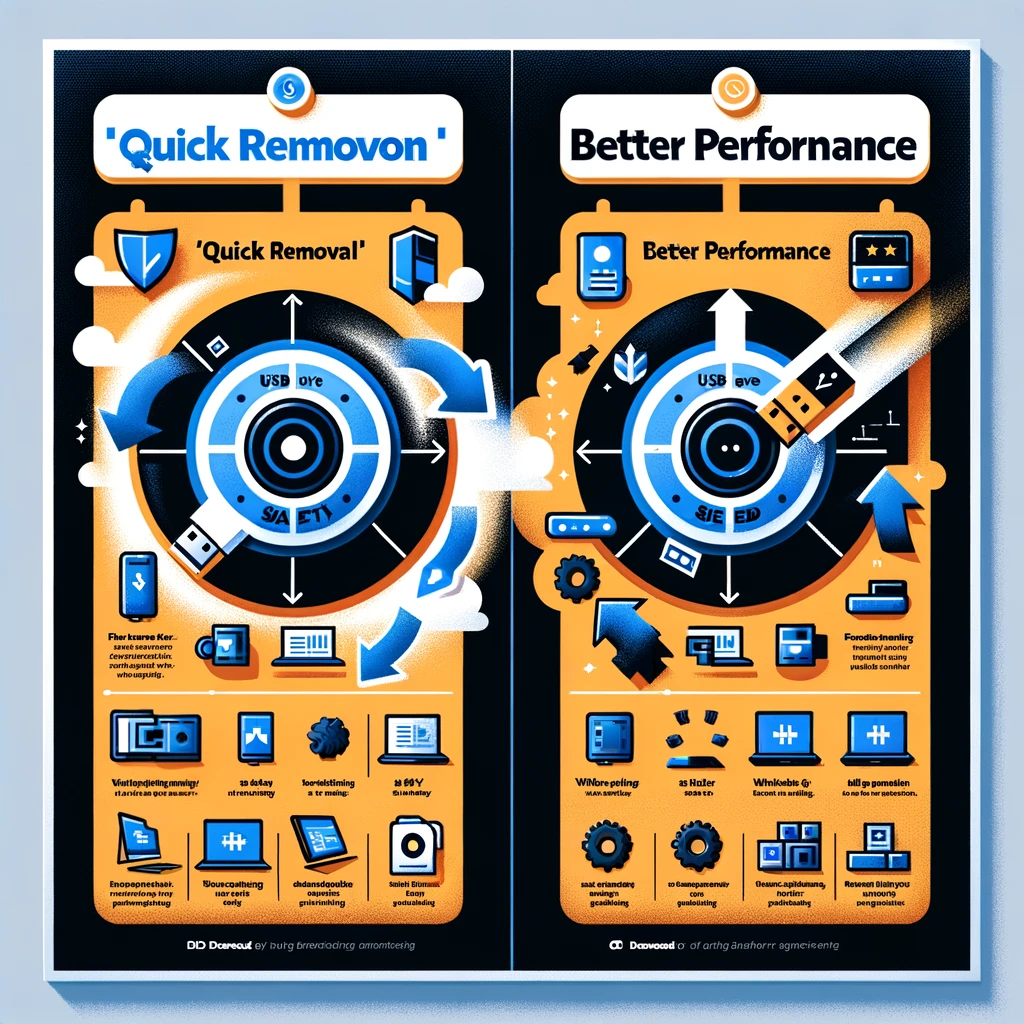Introduction to Modern Data Management
At Mr IT, we pride ourselves on being at the forefront of technological advancements and data management strategies. Serving the vibrant community of Melbourne, we are committed to providing our clients with up-to-date information and solutions that cater to their digital needs. In this era of rapid technological evolution, understanding the nuances of data safety is more crucial than ever.
The Evolution of USB Data Safety
The Bygone Era of USB Usage
There was a time when removing a USB drive without following the “Safely Remove Hardware” protocol was considered a high-risk action. This could lead to a host of problems, including corrupted documents, partially saved files, and the much-dreaded blue screens of death. The stringent warnings against improper ejection were a staple advice from tech manuals and websites alike, rooted in the technological limitations of past operating systems.

The Shift with Windows 10 and 11
A significant update from Microsoft in 2019 marked a turning point in how we interact with external storage devices. Windows 10 and subsequent versions have introduced measures that protect your files even when a USB drive is disconnected without the traditional “safely remove” procedure, provided that no data transfer is in progress.
Understanding Quick Removal vs. Better Performance

Quick Removal: Convenience Over Speed
The “Quick Removal” setting is a testament to Microsoft’s commitment to user convenience, allowing for the immediate disconnection of USB drives without jeopardizing data integrity. This mode is ideal for the majority of users, prioritizing ease of use over speed.
Better Performance: Optimal Speed with a Caveat
On the other hand, “Better Performance” mode utilizes write caching to enhance data transfer speeds. However, it requires users to eject their USB drives properly to prevent data loss. This setting is suited for those who regularly handle large files and need the extra speed, albeit with an added step of caution.
Practical Advice for Melbourne’s Tech Users

When to Safely Remove Your USB Drive
Our extensive experience suggests that for most users, especially in Melbourne’s dynamic tech environment, the performance gains from write caching are negligible. Unless you’re transferring large volumes of data frequently, the “Quick Removal” mode should suffice for your needs.
The Choice Is Yours
Modern operating systems like Windows 10 and 11 have been designed with user safety in mind. You can confidently remove USB sticks and portable hard drives directly from your computer without fear of data corruption, provided you are not in the midst of a data transfer. However, for those who prefer an extra layer of precaution, the “Safely Remove Hardware” feature remains a viable option.
Conclusion: Embracing the New Norm
At Mr IT, we aim to demystify technology and empower our clients with knowledge. The advancements in data management practices have made it safer and more convenient to use external storage devices. We encourage Melbourne’s residents to embrace these changes, confident in the knowledge that their data is secure. Our commitment to staying ahead of technological trends ensures that we provide the most accurate and helpful advice to our community.
If You would like to know more about How We Help Every Day Aussies achieve success through tech visit our Computer Repairs Page Below
Computer Repairs Melbourne
